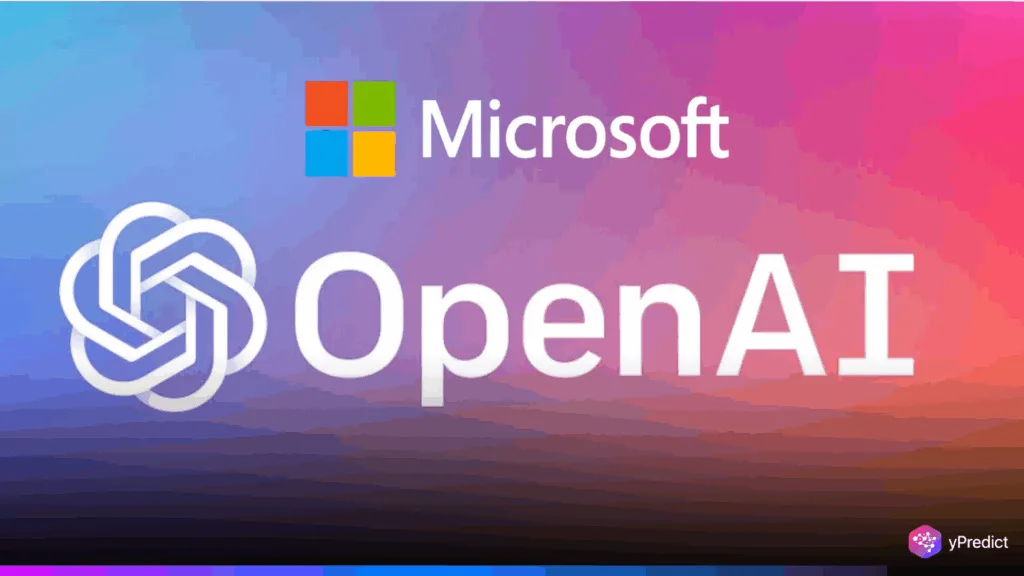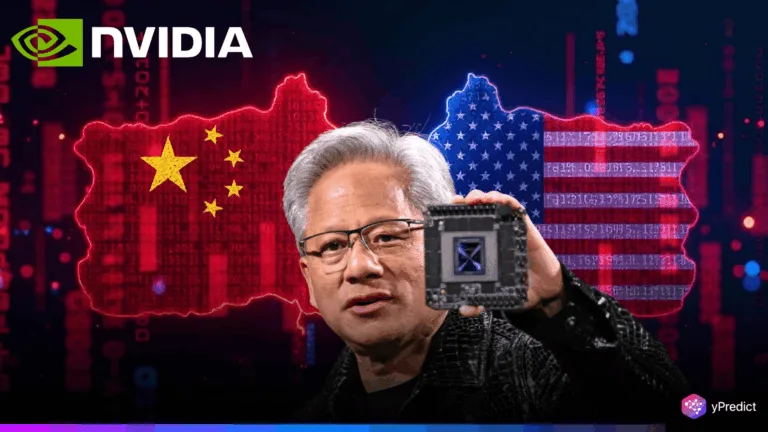
OpenAI has decided to significantly alter the terms of its cooperation with Microsoft, to reduce the tech giant’s revenue share from 20% to 10% by the end of this decade. The decision is an important part of OpenAI’s efforts to streamline its finance model and reform its internal governance.
This reconfiguration could be an important turning point in one of the most widely watched collaborations in the technology industry. As OpenAI redefines its operational priorities and revenue strategy, the ramifications may extend beyond the company, potentially affecting how big companies in the AI industry organise future partnerships.
Restructuring Signals Shift in Control and Capital Strategy
According to The Information, OpenAI decided to considerably reduce a previously suggested restructuring plan, which would have increased the autonomy of its for-profit component. Under the revised strategy, the nonprofit board will retain governance control, limiting CEO Sam Altman’s influence and redefining Microsoft’s strategic participation.
Microsoft has committed over $13 billion to OpenAI, including a milestone $10 billion commitment in 2023, and will continue to collaborate under a revenue-sharing agreement until 2030. Despite this, recent events indicate that OpenAI is preparing for increasing financial and strategic self-reliance in the next years.
Several sources report that OpenAI has informed current and potential investors about plans to reduce revenue sharing with commercial partners. Although an existing agreement allocates 20% of OpenAI’s revenue to Microsoft until 2030, the revised plan reportedly cuts that share to 10%. Microsoft, meanwhile, remains interested in extending access to OpenAI’s technology beyond the current contract. One of the spokespersons has said in a statement that,
We continue to work closely with Microsoft, and look forward to finalizing the details of this recapitalization in the near future.
The change also comes after Microsoft amended sections of its partnership with OpenAI earlier this year. This followed a separate joint venture with Oracle and Japan’s SoftBank Group to create large-scale AI data centres in the United States, with a potential $500 billion investment.
Despite the institutional changes, both firms have expressed their continued commitment to cooperation. Microsoft acknowledged that its agreement with OpenAI contains reciprocal revenue-sharing arrangements, emphasising that the partnership’s essential aspects will remain intact until the end of the decade.
Future Access to AI Tech in Question
While the current agreement allows Microsoft to integrate OpenAI’s models into products such as Azure and Office 365, it is unknown how future access will be negotiated after 2030. Analysts believe this decision reflects OpenAI’s ambition to diversify its funding sources and reduce long-term reliance on a single corporate backer.
Moreover, the corporation is also looking into fresh fundraising opportunities that may value OpenAI at up to $300 billion. This financing could assist additional expansion and R&D as competition rises with other AI leaders, such as Google DeepMind and Anthropic.
Strategic Independence in a Competitive AI Landscape
OpenAI is reorganising to limit Microsoft’s share of future income. This shows a deeper push for strategic independence. The company still relies on Microsoft for cloud support, technical knowledge, and broader market access. But tensions are rising as OpenAI tries to reduce its financial dependence. The partnership’s future may depend on how well both adapt to these shifting goals. Each side must find common ground to keep the alliance stable and useful in the long run.
Microsoft’s access to OpenAI’s intellectual property is secured by contract until 2030. However, if OpenAI decides to commercialize its innovations independently, Microsoft’s influence could decline even further.





